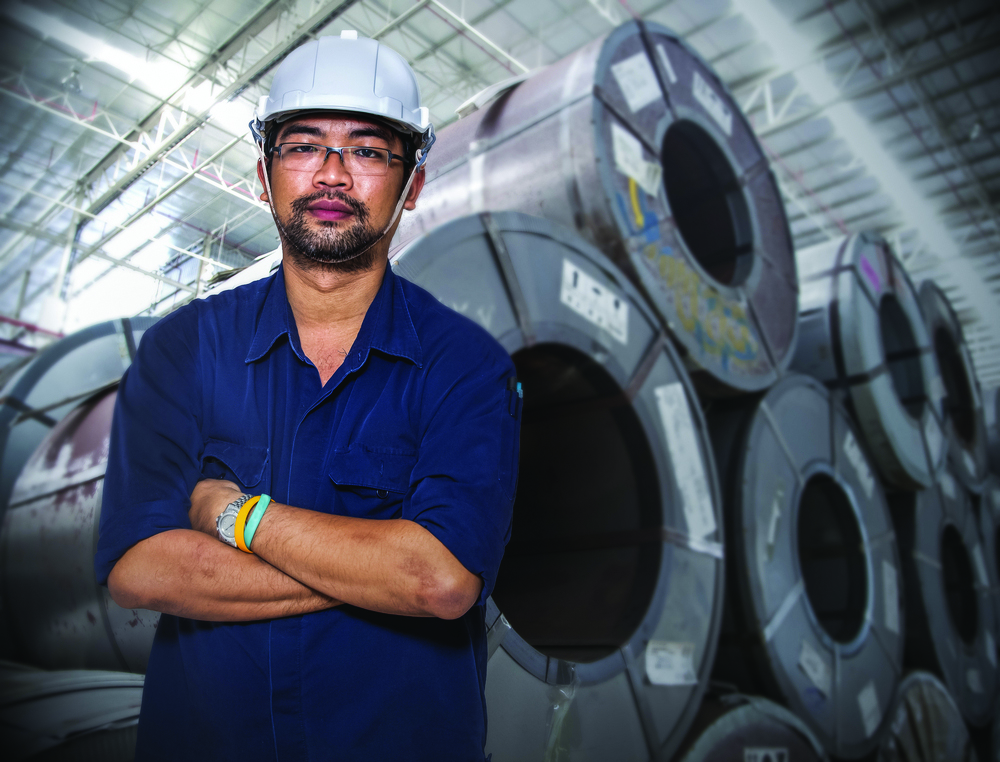
07 Mar
A safety culture is very personal
No safety and wellness program works properly unless everyone involved takes it personally. That means establishing and sustaining a strong “culture” in which there’s commitment at all levels to a safe, healthy workplace.
Many companies have come to realize this kind of dedication can have major financial benefits — lower insurance costs and increased productivity, for example. However, stressing that fact to employees won’t necessarily have a positive effect. Quite the opposite could be true if a worker is left with the impression the company’s concern for his or her welfare is really all about the bottom line.
The expression “tone at the top” is often used to describe leadership issues, and so it is with management’s approach to safety and health. If there’s sincere commitment shown, it won’t take long to filter down, and make building the safety culture a lot easier.
Much of the building often falls to the safety committee, but its efforts will be wasted if it lacks respect from the people it’s supposed to be helping. The group’s meetings must be scheduled regularly and well attended.
The primary objective is to make safety a way of life for everyone, on and off the job. That’s the culture. Here are four key elements:
Orientation and training — The first step for any employee is to be given a thorough understanding of the company’s policies, regulations and procedures. Too often, a new arrival gets a quick benefits review and a handbook, fills out some forms and then (maybe) a basic safety overview. Safety training should be an ongoing, meaningful process.
Participation — Willingness to be an active participant in the safety culture is not something to be demanded. It should be the result of an attitude that is nurtured to the point where workers have no problem reporting unsafe conditions or near-misses. They’re happy to be part of a safety committee or to be involved in activities it has organized.
Prevention — This degree of participation is essential to effective prevention of accidents. Workers who have bought into the safety culture are likely to have a much better grasp of how to recognize hazards and of the procedures necessary to deal with them.
Accountability — Hazards, of course, can include not just physical conditions, but also human behaviour. Employees must understand that a mistake by one can affect everyone. And that’s where accountability comes in. They need to take personal responsibility for their actions. They should be able to acknowledge their mistakes, and those of others, without reprisal.
Obviously, there are aspects of workplace safety that must be governed by a clear set of rules. Discipline for serious offenses that could result in serious injury or death must follow a strict policy that is applied equally. Otherwise, efforts to establish a credible safety culture will be seriously undermined.
To get a reading on how your company’s safety culture is doing, answer these questions:
* Are people at all levels involved
in safety?
* Are individual employees asked frequently for their input on safety issues?
* Is safety information easily available?
* Are managers likely to notice unsafe acts?
* Is appropriate action taken quickly to resolve safety concerns?
* Do employees feel they can report unsafe acts or near-misses?
The answer to all of these, as you know, should be yes. If there was a no to any of them, you’ve got some work to do.